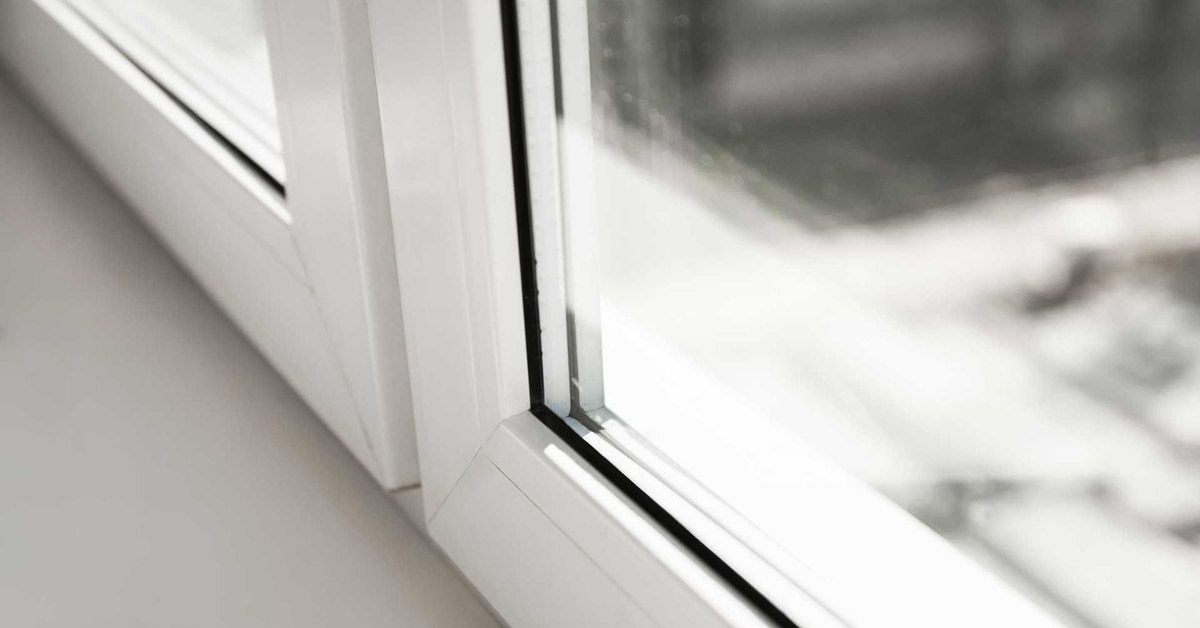All Categories
Featured
Table of Contents
Why Double Glazing Keeps Your Home Cooler In Summer? in Bertram WA
Laminated glass is frequently utilized in locations in the house most prone to injury from human effect such as bathrooms, doors, around staircases and in locations near the flooring (it fulfills the requirements of 'security glass' that is mandated for use in these areas by Australian Basic AS 1288 Glass in structures).
Toughened glass has been 'tempered' by being reheated and rapidly cooled once again. This process makes it much more powerful than standard glass it can withstand greater impact loads prior to breaking. It also makes it safer because, when it does shatter, it gets into many little cubic pieces rather than dangerous shards.
Glazing And Glass Options - Smarter Homes in East Perth WA
Toughened glass has no thermal or acoustic benefits over other glass of the same toning or density. Secondary glazing is where single-glazed windows are retrofitted with a transparent acrylic or glass sheet attached to the within of the frame or openable sash with a secondary frame or with magnetic strips.


Secondary glazing will not perform too thermally as a produced IGU, given that it is impossible to totally seal the border, but it can offer great noise control. Window films are a thin polymer film consisting of a taking in dye or reflective metal layer, with an adhesive support. They adhere to your glazing to alter its colour or make it reflective.
Double Glazed Windows Sydney in Hamersley Western Australia
Applied to existing glass, some window films can halve the general SHGC of the window by taking in and/or reflecting solar radiation. This can be particularly helpful in hotter climates where cooling is the primary issue, or on east and west elevations straight exposed to extended periods of sunlight. Nevertheless, window films may likewise lower visible light transmittance.
![Best Way To Block Sun Heat From Windows [Professionally] in Hocking Perth](https://www.imperialaluminium.com.au/wp-content/uploads/2022/01/Why-Do-You-Need-Double-Glazing-Windows-in-summer-1.jpg)
For this factor, it is typically best to use an accredited installer of window movie. Frames have a substantial impact on the thermal performance of doors and windows, since energy can be gotten and lost through the frame, as well as through the glass. Different kinds of frame will enable different levels of heat gain and loss, so cautious option of frame is essential for reliable passive style.
The Science Behind Double Glazed Windows in Glen Forrest Western Australia
Nevertheless, aluminium is also an excellent conductor of heat and will reduce the insulating value of a glazing unit, unless specifically engineered to decrease this. A 'thermally broken' frame is comprised of 2 aluminium areas linked by a structural insulator (generally a low-conductivity structural polymer). This 'breaks' the thermal connection through the aluminium and minimizes the heat flowing through the frame.
They can be expensive, however rates are reducing as they become more common. Wood frames are a great natural insulator that can match some home designs. Timber frames ought to be made from types that have naturally high durability or be treated to prevent decay and deformation. Check that the lumber is sourced from a sustainably managed forest.
Glazing And Glass Options - Smarter Homes in East Perth WA
(weather stripping) is installed.
u, PVC doors and windows have exceptional thermal efficiency Picture: Ben Wrigley (Light House Architecture and Science) Composite frames use aluminium profiles on the external areas with either a timber or u, PVC inner area. These combine the low upkeep and resilience of aluminium with much enhanced thermal efficiency.
Table of Contents
Latest Posts
8 Benefits Of Double Glazing To Take Advantage Of in Orelia Perth
Which Type Of Double Glazed Window Frame Is Right For You? in Ocean Reef Western Australia
Twinglaze® Double Glaze Specification Act - Vic in Inglewood WA
More
Latest Posts
8 Benefits Of Double Glazing To Take Advantage Of in Orelia Perth
Which Type Of Double Glazed Window Frame Is Right For You? in Ocean Reef Western Australia
Twinglaze® Double Glaze Specification Act - Vic in Inglewood WA